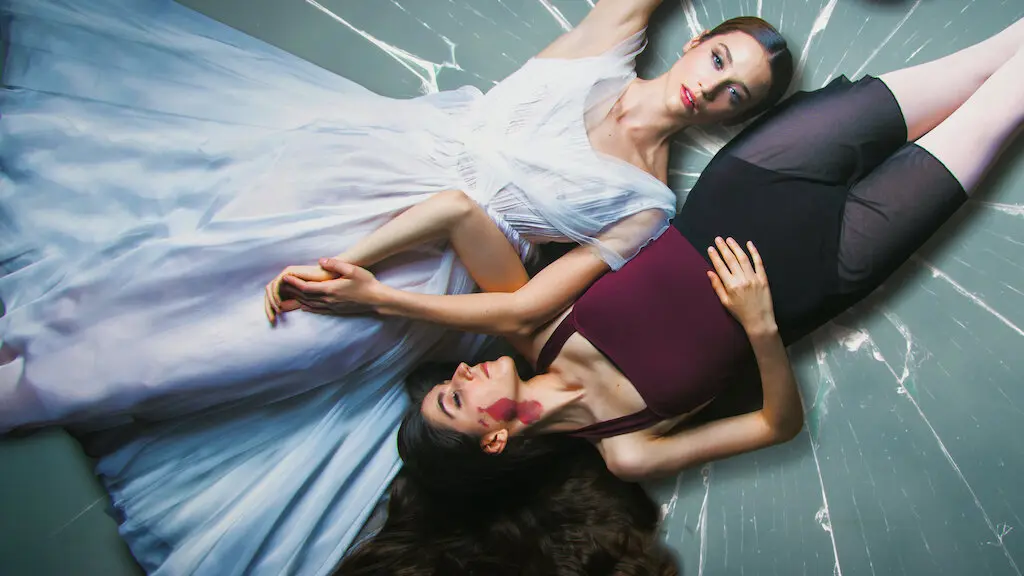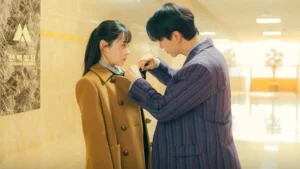Summary
Dancing on Glass weaves complex story strands that the audience will take some time to work out in a story full of stern performances.
For whatever reason, many films about ballet never appear to put the art in a good light. It’s possible that the obsessive nature of the art, whereby expecting the dancer to push their fragile body to the limit, brings many negative connotations to the industry in fictional form.
Since my first experience of a ballet film, with Natalie Portman leading in the highly popular Black Swan, I’ve always been fascinated by the art form. Ironically, one of my bucket list items is to see a highly prestigious play.
Netflix has also enjoyed ballet stories in film and television series, ranging from the formulaic Into the Beat to the toxic teen drama series Tiny Pretty Things and the softer K-Drama series Navillera. The latter titles indeed suggest the abusive nature of the art form.
The primary connection I have always made is how these narratives can often turn into a physiological mystery, with the audience unsure of the lead character’s reality or even their mere existence. Dancing on Glass gives that vibe, with the lead character sharing a world through a complicated connection.
Character Irene is an outsider in the ballet company she relishes, but she’s hoisted to the main stage as the ballerina lead for an upcoming play. With that comes pressure, and with pressure comes an abundance of stress.
Dancing on Glass does not hide away from the complex nature of a highly prestigious dance troupe with an unforgiving ballet director. The film enjoys the grim nature of ballet, showing grim toenails and the unpleasant nature of young women forcing themselves to throw up in the bathroom to cut weight.
But the real story arrives when Irene connects with another outsider, Aurora. Their intimate friendship challenges the reality presented to the audience. The two ballerinas create their own world. One where they both prosper; while Aurora cuts a lonely figure, desperate for a connection in the real world, Irene needs a form of escapism to perform, and Aurora’s intimacy and care bring that. Irene performs better with her friend in the room. She’s freer and less harsh on herself.
Dancing on Glass weaves complex story strands that the audience will take some time to work out in a story full of stern performances. The opening scene shows a ballerina named Maria dancing herself off a rooftop in an act of suicide. She was the previous lead ballerina. The Netflix film draws on the spirit of the past while connecting the present, embroiled in pressure, expectation, and deteriorating mental health. The unpredictability brings a similar correlation to Black Swan, where reality and self-created worlds merge, and that’s not a bad thing at all. Director Jota Linares pulls it off.
Dancing on Glass is not original by any means. The whole “abused ballerina pushed to the peak of her mental capacity” vibe is hardly new storytelling. However, this story remains grounded, balanced, and intriguing enough to sustain a 2-hour investment.
Read More: Dancing on Glass Ending Explained




